Understanding the 104J Capacitor: Value, Applications, and Replacement
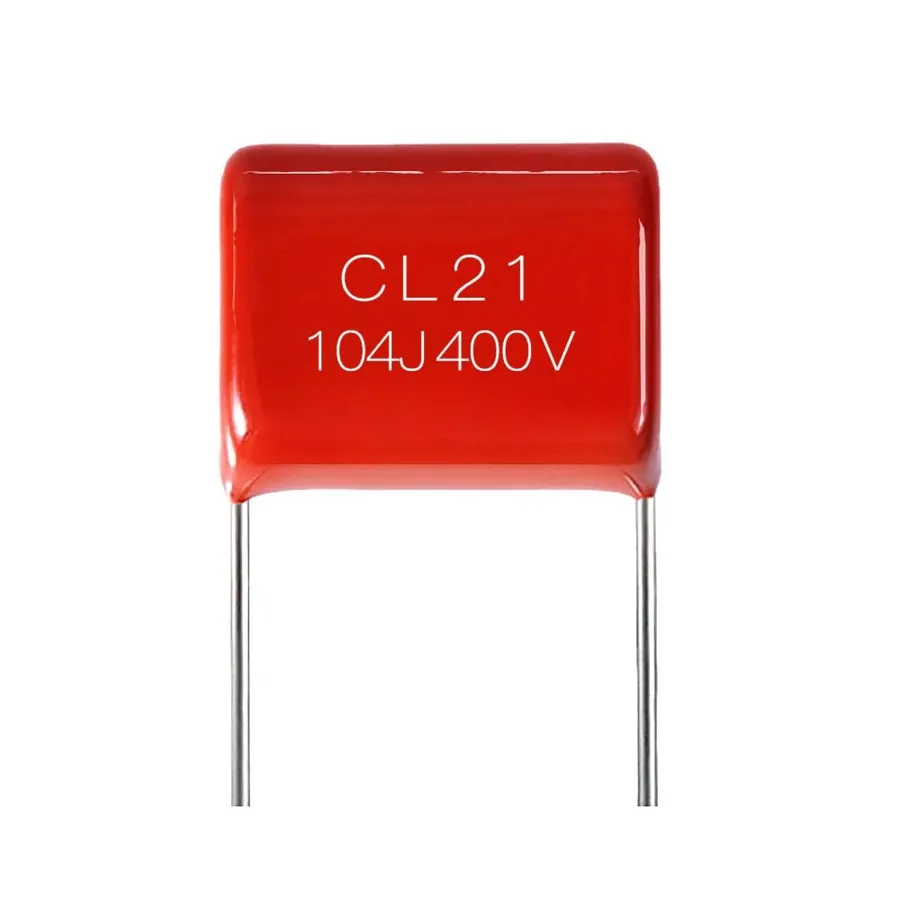
In the realm of electronics, the 104J capacitor is a ubiquitous component found in a variety of circuits, from simple hobby projects to complex industrial machinery. Similar to how a small brick can contribute to a large building, this tiny component with its specific value and characteristics plays a crucial role in shaping the performance and reliability of electronic devices. This article will delve into the specifics of the 104J capacitor, detailing its construction, its electrical value, typical uses and the best practices for replacing one when necessary.
What is a 104J Capacitor?

A 104J capacitor is a fundamental electronic component designed to store electrical energy electrostatically within an electric field. Its core function is to temporarily hold a charge, subsequently releasing it when needed in a circuit, thereby playing a crucial role in various electronic applications, such as filtering, signal coupling, and energy storage. The '104J' designation is a standardized code specifying its capacitance and tolerance.
Decoding the 104J Designation: Capacitance and Tolerance
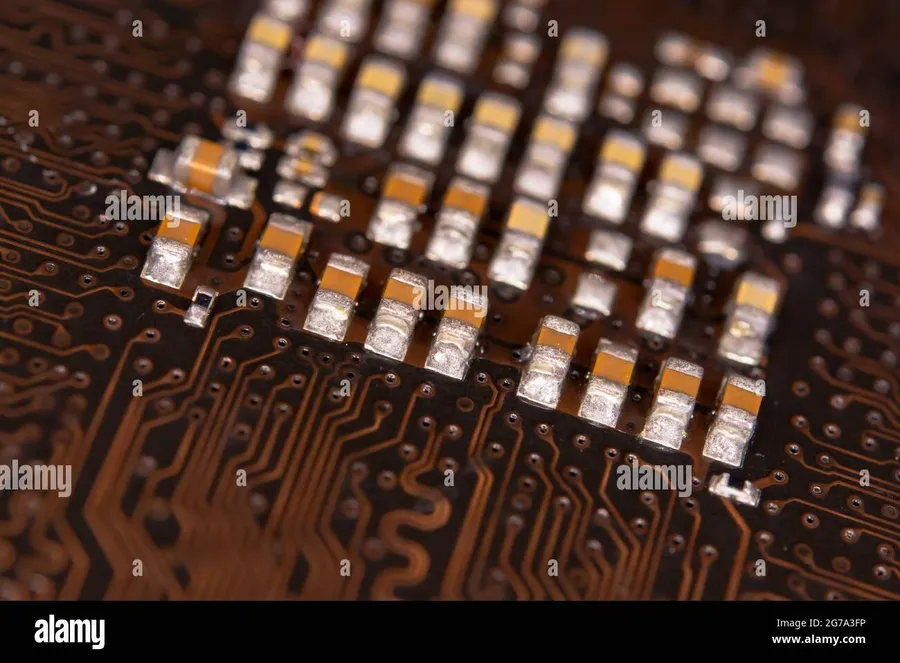
The '104J' marking on a capacitor is a standardized code that reveals crucial information about its electrical properties. Specifically, it defines the capacitor's capacitance value and the acceptable variance from that value, known as tolerance. Understanding this code is essential for selecting the correct capacitor for electronic applications.
The numeric portion '104' is interpreted using a multiplier system: the first two digits represent the significant figures, and the third digit is the power of ten multiplier. For the 104J capacitor, this means '10' multiplied by 10 raised to the power of 4, resulting in a capacitance of 10 x 10^4 picoFarads (pF), which is equivalent to 100,000 pF.
To convert picoFarads to microFarads (uF), divide by 1,000,000. Therefore, a 104J capacitor has a capacitance of 100,000 pF, which is equal to 0.1 uF. This conversion is critical since circuit schematics and datasheets often list capacitance values in microFarads.
The letter 'J' in the '104J' designation signifies the tolerance of the capacitor, which is the allowable deviation from the stated nominal capacitance. In this instance, 'J' indicates a ±5% tolerance. This means that the actual capacitance of a 104J capacitor can vary between 0.095 uF and 0.105 uF.
| Parameter | Value | Description |
|---|---|---|
| Capacitance Code | 104 | Indicates 10 * 10^4 pF |
| Capacitance Value | 100,000 pF | Equivalent to 0.1 uF |
| Tolerance | J | Indicates a ±5% tolerance |
| Actual Range | 0.095uF-0.105uF | The expected variation in capacitance |
104J Capacitor Types: Film and Material Differences
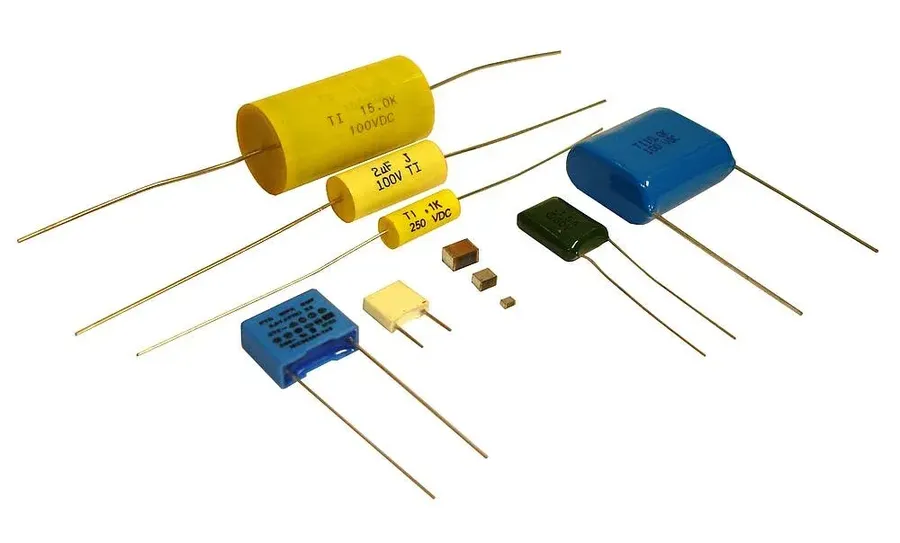
The 104J capacitor, while defined by its capacitance of 0.1µF and a ±5% tolerance, is manufactured using various film materials, each imparting distinct performance characteristics. These material choices significantly impact the capacitor's suitability for specific applications, affecting factors like temperature stability, lifespan, and frequency response.
| Feature | Metallized Polypropylene Film Capacitor | Polyester Film Capacitor |
|---|---|---|
| Material | Polypropylene | Polyester (Polyethylene Terephthalate) |
| Temperature Stability | Excellent; maintains capacitance over a wide range. | Moderate; capacitance can drift with temperature. |
| Loss Tangent (DF) | Low; good for high-frequency applications. | Higher than polypropylene; less suitable for high-frequency circuits. |
| Typical Applications | High-frequency circuits, pulse applications, audio circuits, power supply filtering | General-purpose applications, bypass, decoupling. |
| Cost | Generally higher | Generally lower |
| Self-Healing Properties | Good self-healing; can recover from minor breakdowns. | Less self-healing; more prone to permanent damage from over-voltage |
Metallized Polypropylene Film Capacitors are favored for high-performance applications requiring low losses and stable capacitance over temperature. Their robust self-healing properties contribute to their longevity. Conversely, Polyester Film Capacitors, while more economical, are suitable for general-purpose applications where extreme precision and stability aren't paramount.
Voltage Ratings for 104J Capacitors
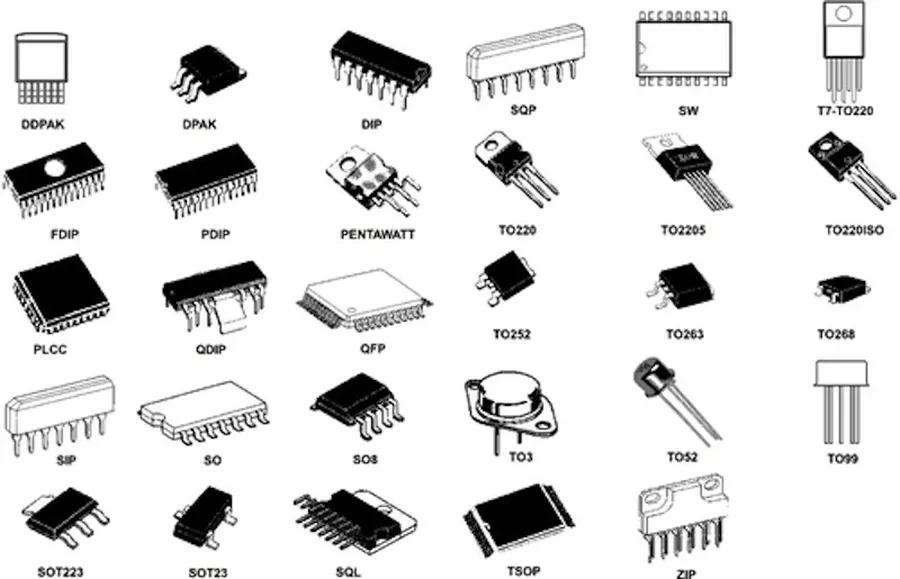
The voltage rating of a 104J capacitor is a crucial parameter that specifies the maximum voltage it can safely withstand without risking damage or failure. Selecting a capacitor with an appropriate voltage rating is paramount for reliable circuit operation. Common voltage ratings for 104J capacitors include 100V, 250V, 400V, and 630V, each catering to different circuit demands.
It's imperative to always choose a 104J capacitor with a voltage rating that is equal to or, preferably, higher than the maximum voltage expected in the circuit. Using a capacitor with a lower voltage rating can lead to dielectric breakdown, resulting in a short circuit, overheating, or even component failure. This over-voltage condition often manifests in reduced lifespan or catastrophic damage. Therefore, understanding and adhering to the specified voltage ratings is essential for circuit safety and longevity.
| Voltage Rating | Typical Application | Considerations |
|---|---|---|
| 100V | Lower voltage circuits, signal coupling, DC filtering | Suitable for circuits with a maximum operating voltage less than 100V. Commonly found in low-power electronic devices |
| 250V | General purpose applications, noise suppression, basic power supply filtering | Good for standard electronic circuits that don't require excessive voltage capacity |
| 400V | Higher voltage circuits, power supplies, medium-power AC-DC conversion | Applicable to most industrial and commercial electronics |
| 630V | High voltage applications, power factor correction, inverters | Used in applications where high voltage safety margins are required. Usually found in high-power electronic systems |
Typical Applications of the 104J Capacitor
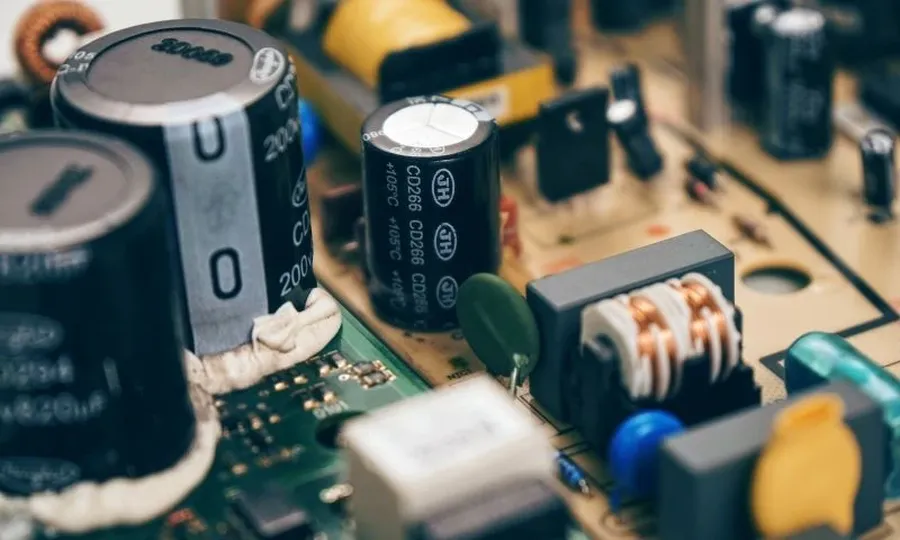
The 104J capacitor, characterized by its 0.1μF capacitance and ±5% tolerance, serves a wide array of functions across various electronic circuits. Its versatility stems from its ability to efficiently store and release electrical energy, making it a crucial component in numerous applications, from signal processing to power management.
- Filtering
In filter circuits, the 104J capacitor is used to block unwanted AC signals while allowing DC signals to pass, thus smoothing out voltage fluctuations and reducing electrical noise. - Bypassing
As a bypass capacitor, it is placed across a power supply line to short circuit high-frequency noise to ground, preventing it from propagating through the circuit. This ensures a stable and clean power source for other components. - Pulse Circuits
The 104J capacitor's capacity for rapid charge and discharge makes it essential in pulse circuits that require fast switching actions, such as timing circuits and pulse generators. It enables the generation of precise and controlled pulse waveforms. - Oscillators
In oscillator circuits, the 104J capacitor is used in conjunction with other components like resistors and inductors to produce oscillating signals of specific frequencies. These signals serve as timing references or carrier frequencies in communication systems. - Audio Circuits
In audio applications, the 104J capacitor plays a crucial role in signal coupling and filtering. It effectively removes DC components from audio signals while allowing AC components to pass, preserving the quality of the sound. - Power Supplies
As a crucial element in power supply circuits, the 104J capacitor is used for smoothing output voltages, minimizing ripple and fluctuations. Its stable performance enhances the overall reliability of the power supply system. It is also useful in decoupling stages and stabilizing internal references.
104J Capacitor Replacement: Choosing the Right Substitute
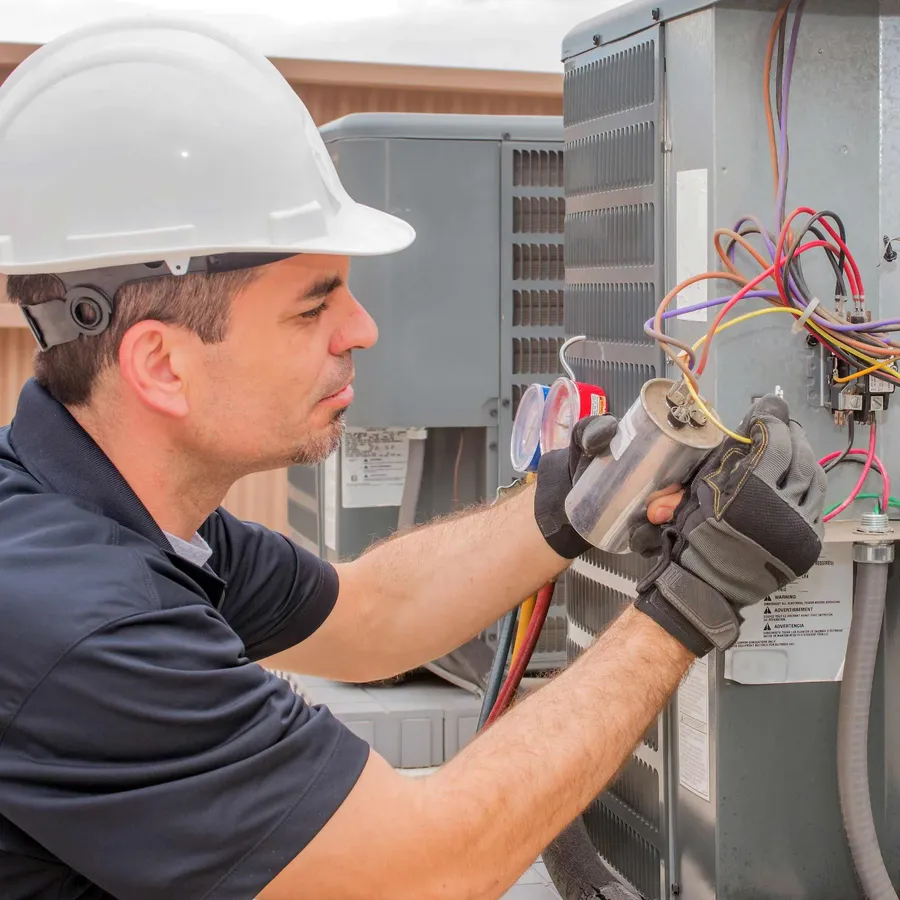
Replacing a 104J capacitor requires careful consideration of several key parameters to ensure the proper function and longevity of the electronic circuit. The primary factors are capacitance, voltage rating, tolerance, and material type.
The first and foremost rule of capacitor replacement is to match the original capacitance value. A 104J capacitor has a nominal capacitance of 0.1µF, and this value should be strictly adhered to. Using a capacitor with significantly different capacitance can lead to altered circuit behavior and may cause unexpected malfunctions. Additionally, the replacement capacitor's voltage rating should always be equal to or greater than the voltage rating of the original capacitor. Substituting with a lower voltage rating can lead to capacitor failure, sometimes explosively.
The 'J' in 104J indicates a tolerance of ±5%. While this is a common tolerance, it's advisable to match or exceed this specification to maintain performance within the circuit design specifications. Finally, the material composition and type of the capacitor affect its performance, especially in areas such as temperature stability and high frequency operation. Depending on the application, the material may need to be matched. For example, a metalized polypropylene may be preferred in audio or filtering circuits due to its temperature stability and low loss, while a polyester film capacitor may be sufficient in general-purpose applications.
In summary, when replacing a 104J capacitor, ensure the following: the capacitance is 0.1µF, the voltage rating matches or exceeds the original, the tolerance is at least ±5%, and the material is suitable for the application. These considerations provide the best assurance that the circuit will perform as designed, minimizing the risk of failure or degraded performance.
Frequently Asked Questions About 104J Capacitors
This section addresses common queries regarding 104J capacitors, providing clear and concise answers to help users understand their characteristics, applications, and proper usage. We cover essential topics from capacitance value to voltage ratings, ensuring you have the knowledge to use these components effectively.
- What is the capacitance value of a 104J capacitor?
The '104' in a 104J capacitor indicates a capacitance value of 10 x 10^4 picofarads (pF), which equals 100,000 pF or 0.1 microfarads (µF). This is a standard value for many electronic applications. - What does the 'J' signify in the 104J capacitor marking?
The 'J' in a 104J capacitor denotes the tolerance of the capacitance value. 'J' specifies a tolerance of ±5%, indicating that the actual capacitance of the component can vary within 5% above or below its nominal value of 0.1µF. - What is a suitable equivalent for a 104J capacitor?
A suitable equivalent for a 104J capacitor would be any capacitor with a capacitance value of 0.1µF and a tolerance of ±5% or better. The voltage rating of the replacement capacitor should be equal to or higher than the original capacitor to ensure safe operation and prevent failure. Additionally, the temperature and material properties are important considerations - Can I replace a 104J capacitor with a 103J capacitor?
No, a 103J capacitor should not be used as a direct replacement for a 104J capacitor. The 103J capacitor has a capacitance of 10 x 10^3 pF or 0.01 µF, which is one-tenth the value of a 104J capacitor (0.1 µF). Using a 103J capacitor in place of a 104J will likely cause the circuit to malfunction. - What voltage ratings are commonly available for 104J capacitors?
104J capacitors are available in various voltage ratings such as 100V, 250V, 400V, and 630V. Choosing the correct voltage rating is crucial; the replacement capacitor's voltage rating should be equal to or higher than the circuit's requirements to ensure it can handle the electrical load and operate safely. - How does the material of a 104J capacitor affect its application?
The material of a 104J capacitor significantly impacts its performance. Metallized polypropylene film capacitors, for instance, are known for their stability and are suitable for precision applications, while polyester film capacitors are more cost-effective and are suitable for general purpose applications. Understanding the material properties helps in selecting the right capacitor for specific use cases. - Is it okay to use a 104J capacitor with a higher voltage rating than the original?
Yes, it is generally safe to use a 104J capacitor with a higher voltage rating than the original. This will not harm the circuit and is often a good practice, as it provides an additional safety margin. However, it's crucial to ensure the replacement's capacitance value and tolerance are appropriate for the application.
104J Capacitor Comparative Analysis
A comparative analysis of 104J capacitors reveals key differences in their construction materials, impacting their performance characteristics and suitability for diverse applications. The two primary types of 104J capacitors are metallized polypropylene and polyester film capacitors, each with distinct advantages and limitations.
| Feature | Metallized Polypropylene | Polyester |
|---|---|---|
| Voltage Range | 100V to 630V+ | 100V to 630V+ |
| Common Application | Pulse Circuits, Audio, Filtering | General Purpose |
| Temperature Range | Wide, Stable | Moderate, can degrade |
| Dielectric Constant | Low, stable across temperature and frequency. | Higher than polypropylene, but varies with temperature |
| Loss Factor | Very low, suitable for high-frequency applications | Higher than polypropylene, less suitable for high-frequency applications |
| Cost | Generally higher | Generally lower |
| Longevity | Longer lifespan due to robust material | Shorter lifespan, prone to degradation from heat and humidity |
The 104J capacitor, seemingly small, plays an indispensable role in the function of numerous electronic devices. Its specific 0.1uF capacitance and the 'J' tolerance rating provide a precise electrical characteristic needed by many circuits. Understanding its properties, applications, and proper replacement methods, alongside the range of voltage ratings, allows engineers, hobbyists and consumers to make sure their electronics are performing effectively and reliably. By paying attention to these details, you can keep your circuits working smoothly, making sure these tiny 104J capacitors continue to power our technological world effectively.
 AnyPCBA
AnyPCBA